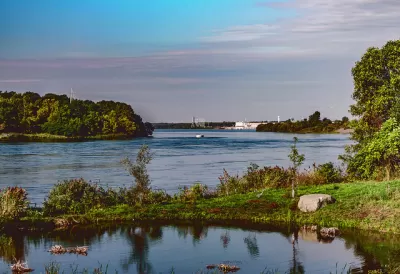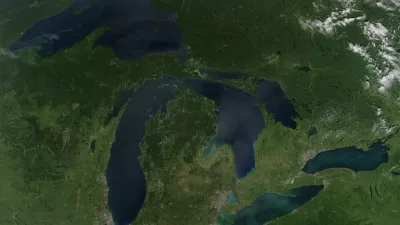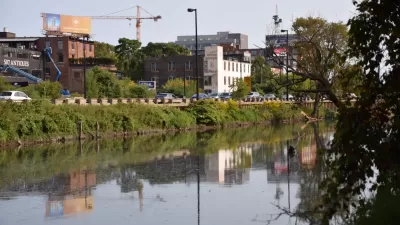Political leaders are still seeking support for the Lake Ontario-St. Lawrence River Plan 2014, which has been circulating since November 2014.

Congresswoman Elise Stefanik (R-NY) writes an op-ed supporting Lake Ontario-St. Lawrence River Plan 2014 (Plan 2014), arguing that the plan will better regulate the waters of the North Country.
"Plan 2014 will better regulate water levels through the Moses-Saunders Power Dam as well as outline the conditions needed to change water levels and maintain the proper ecological balance," according to Congresswoman Stefanik.
"The current outdated water level plan" is "wiping out habitat" and "[clearing] a path for invasive species," according to Congresswoman Stefanik. "Plan 2014 would return Lake Ontario and the St. Lawrence to more natural levels and a normal hydrologic cycle," writes Congresswoman Stefanik, "protecting our ecology and helping to preserve the long term health of the lake."
TheInternational Joint Commission referred Plan 2014 to U.S. Secretary of State John Kerry and Canadian Foreign Affairs Minister Stéphane Dion in November 2014. A recent round of public outreach, including an online petition and Congresswoman Stefanik's op-ed, is attempting to drum up the final necessary support for the plan's approval.
FULL STORY: NOW IS THE TIME FOR PLAN 2014. PROTECTING OUR NATURAL TREASURES CANNOT WAIT

Trump Administration Could Effectively End Housing Voucher Program
Federal officials are eyeing major cuts to the Section 8 program that helps millions of low-income households pay rent.

Planetizen Federal Action Tracker
A weekly monitor of how Trump’s orders and actions are impacting planners and planning in America.

Ken Jennings Launches Transit Web Series
The Jeopardy champ wants you to ride public transit.

Washington Legislature Passes Rent Increase Cap
A bill that caps rent increases at 7 percent plus inflation is headed to the governor’s desk.

From Planning to Action: How LA County Is Rethinking Climate Resilience
Chief Sustainability Officer Rita Kampalath outlines the County’s shift from planning to implementation in its climate resilience efforts, emphasizing cross-departmental coordination, updated recovery strategies, and the need for flexible funding.

New Mexico Aging Department Commits to Helping Seniors Age ‘In Place’ and ‘Autonomously’ in New Draft Plan
As New Mexico’s population of seniors continues to grow, the state’s aging department is proposing expanded initiatives to help seniors maintain their autonomy while also supporting family caregivers.
Urban Design for Planners 1: Software Tools
This six-course series explores essential urban design concepts using open source software and equips planners with the tools they need to participate fully in the urban design process.
Planning for Universal Design
Learn the tools for implementing Universal Design in planning regulations.
Heyer Gruel & Associates PA
Ada County Highway District
Institute for Housing and Urban Development Studies (IHS)
City of Grandview
Harvard GSD Executive Education
Toledo-Lucas County Plan Commissions
Salt Lake City
NYU Wagner Graduate School of Public Service




























